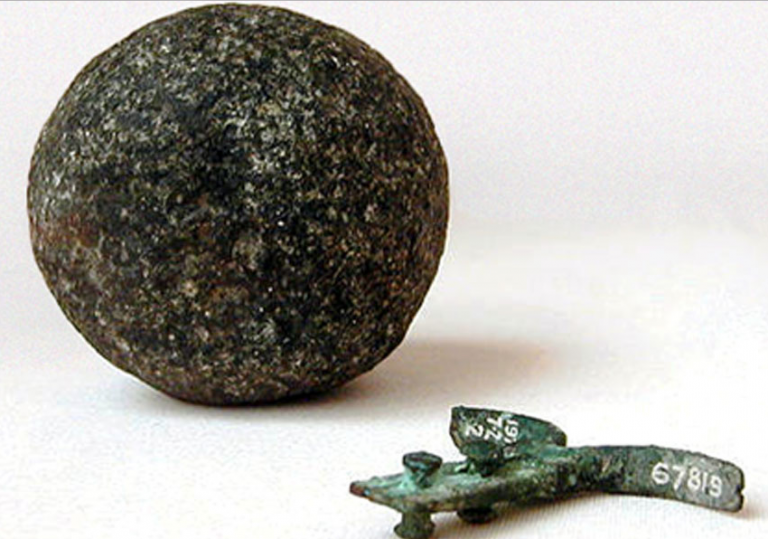There is a certain perception of the Great Pyramid as an utterly void arrangement of empty halls and chambers, strangely bereft of artifacts and inscriptions that might offer clues to its construction. In 1992, however, German engineer Rudolf Gantenbrink and his team offered modern-day viewers their first glimpse of metal artifacts original to the Great Pyramid by sending a compact rover into the southern shaft of the Queen’s Chamber.
The rover’s endoscopic camera revealed a limestone block, a ‘door’ equipped with a pair of copper fixtures or pins whose purpose is still being debated. The pins, however, are not the only pieces of metal to have been found inside the Great Pyramid that are thought to be original to the structure. Indeed, when nineteenth-century British explorer and civil engineer Waynman Dixon first identified the northern and southern shafts of the Queen’s Chamber in 1872, he also discovered a trio of unusual, seemingly unrelated artifacts. These have become known as the Dixon Relics.
Read more HERE
Ask me anything
Explore related questions





